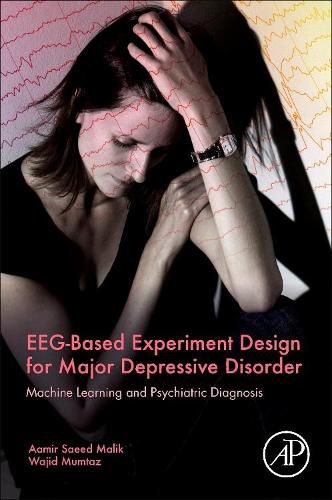Readings Newsletter
Become a Readings Member to make your shopping experience even easier.
Sign in or sign up for free!
You’re not far away from qualifying for FREE standard shipping within Australia
You’ve qualified for FREE standard shipping within Australia
The cart is loading…






EEG-Based Experiment Design for Major Depressive Disorder: Machine Learning and Psychiatric Diagnosis introduces EEG-based machine learning solutions for diagnosis and assessment of treatment efficacy for a variety of conditions. With a unique combination of background and practical perspectives for the use of automated EEG methods for mental illness, it details for readers how to design a successful experiment, providing experiment designs for both clinical and behavioral applications. This book details the EEG-based functional connectivity correlates for several conditions, including depression, anxiety, and epilepsy, along with pathophysiology of depression, underlying neural circuits and detailed options for diagnosis. It is a necessary read for those interested in developing EEG methods for addressing challenges for mental illness and researchers exploring automated methods for diagnosis and objective treatment assessment.
$9.00 standard shipping within Australia
FREE standard shipping within Australia for orders over $100.00
Express & International shipping calculated at checkout
EEG-Based Experiment Design for Major Depressive Disorder: Machine Learning and Psychiatric Diagnosis introduces EEG-based machine learning solutions for diagnosis and assessment of treatment efficacy for a variety of conditions. With a unique combination of background and practical perspectives for the use of automated EEG methods for mental illness, it details for readers how to design a successful experiment, providing experiment designs for both clinical and behavioral applications. This book details the EEG-based functional connectivity correlates for several conditions, including depression, anxiety, and epilepsy, along with pathophysiology of depression, underlying neural circuits and detailed options for diagnosis. It is a necessary read for those interested in developing EEG methods for addressing challenges for mental illness and researchers exploring automated methods for diagnosis and objective treatment assessment.